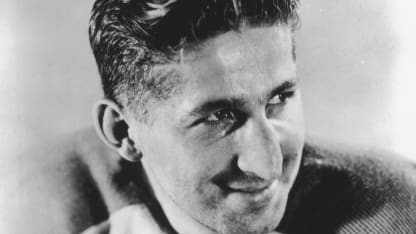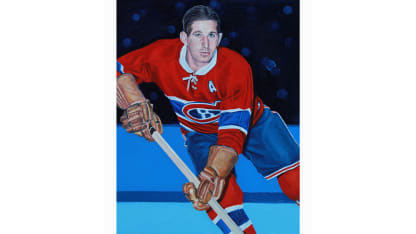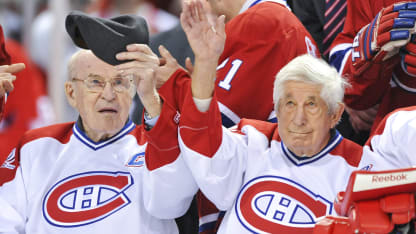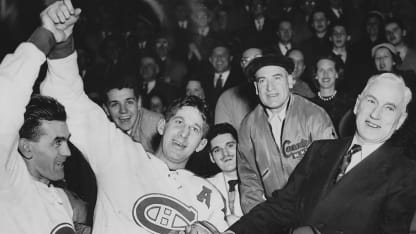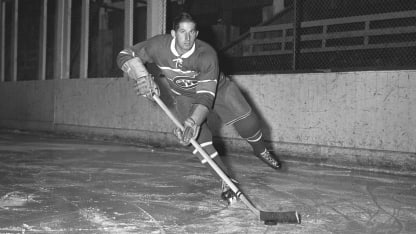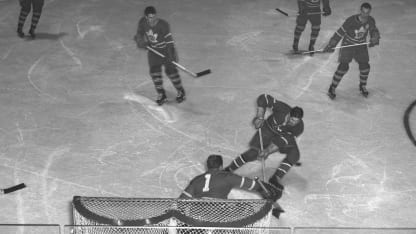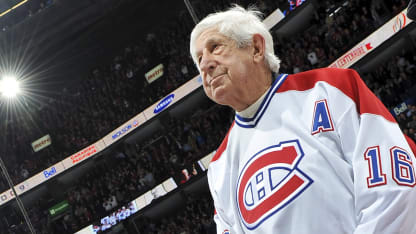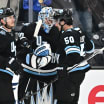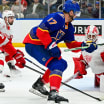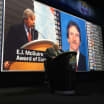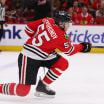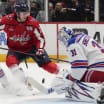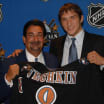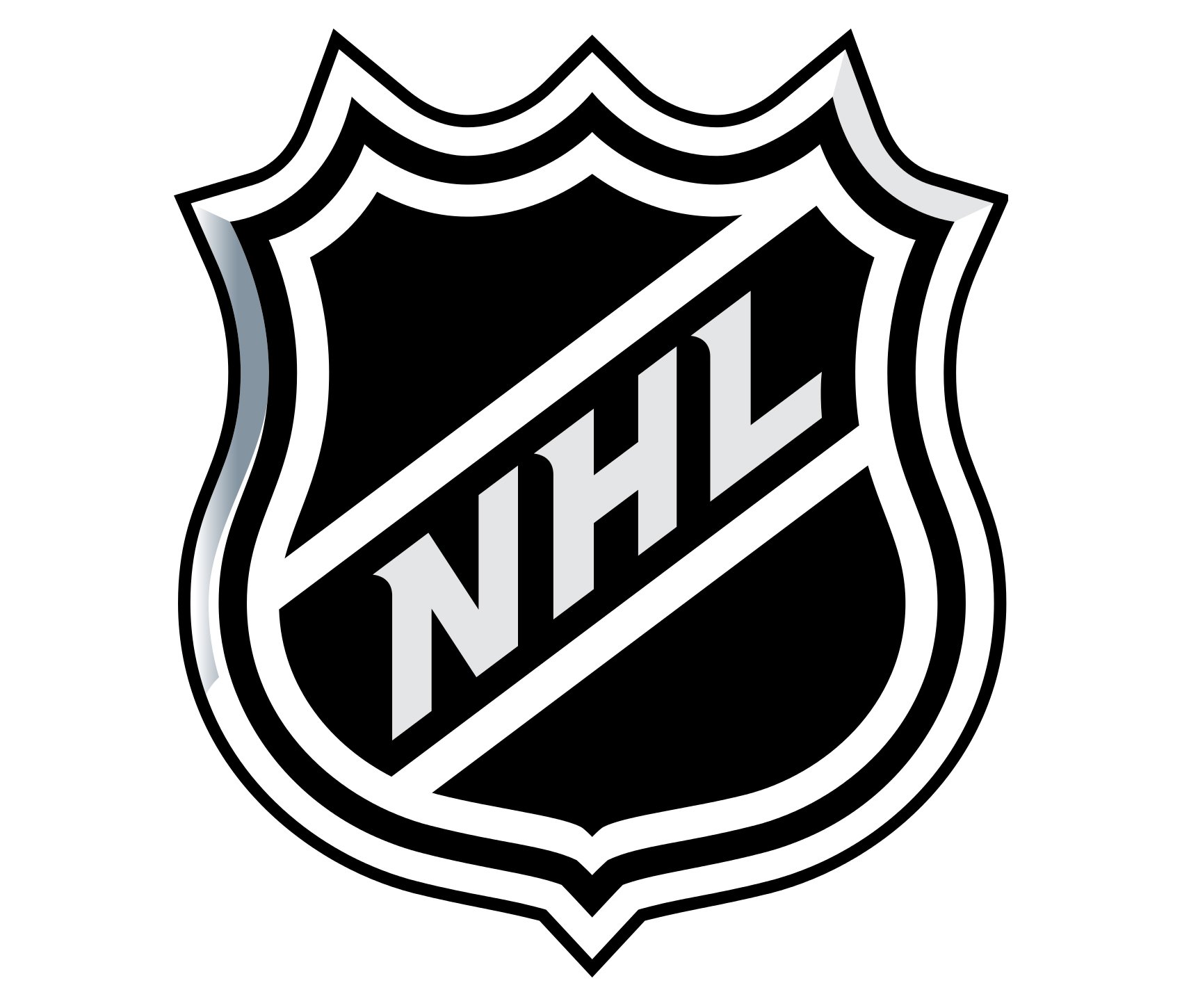The skull story set the table for another thigh-slapper, about Lach's first game of the 1941-42 season. It was his second season with the Canadiens, his only NHL team.
Lach was racing to the Detroit Red Wings net when he was tripped by Alex Motter, which sent him at full flight into the boards. He extended his left arm, and quite literally broke his fall -- he shattered his wrist, tore up his elbow and dislocated his shoulder.
"I thought my career was over," Lach said.
He missed the rest of the season as he healed, with doctors figuring the elbow would mend on its own. For six months, it had all the flexibility of a hockey stick.
"I'd go out to dinner, cut some meat, bring the fork up in my left hand," he said, demonstrating, "then stick it in my ear."
He related how doctors told him that in July that they'd have to rebreak and reset the elbow, then distracted him and kicked the joint to shatter it again.
Lach rolled up his sleeve to reveal the ragged scar, a reminder of where the bone fragments were finally trowelled out. Then he rattled off his career injury list, remembering with relish all the times his nose was broken "mostly because I skated crouched over the puck.
"The first time was in my rookie year. I went around big Chicago Black Hawks defenseman Earl Seibert a couple times and told him: 'You're too old to catch me.' Well, he caught me. Caught my nose with his elbow. They tinkered with it in the hospital the next day."
(It was rearranged for the final time, and most famously, in 1953, when he scored the Stanley Cup-winning goal in overtime and Richard leaped into his arms, the Rocket smashing his forehead into Lach's nose.)
Lach had arrived at the Canadiens training camp in October 1940 on a train from Moose Jaw, Saskatchewan, where he was starring for the senior-league Millers. With him were Ken Reardon, Jack Adams -- the future Detroit Red Wings coach and general manager -- and Joe Benoit, all of whom would be among nine rookies to make Montreal's roster that fall.
This wasn't Lach's first exposure to the NHL. A few years earlier, he'd been invited to the Winnipeg camp of the New York Rangers, who were so tight with a dollar that they told him to arrive with his skates sharpened.
